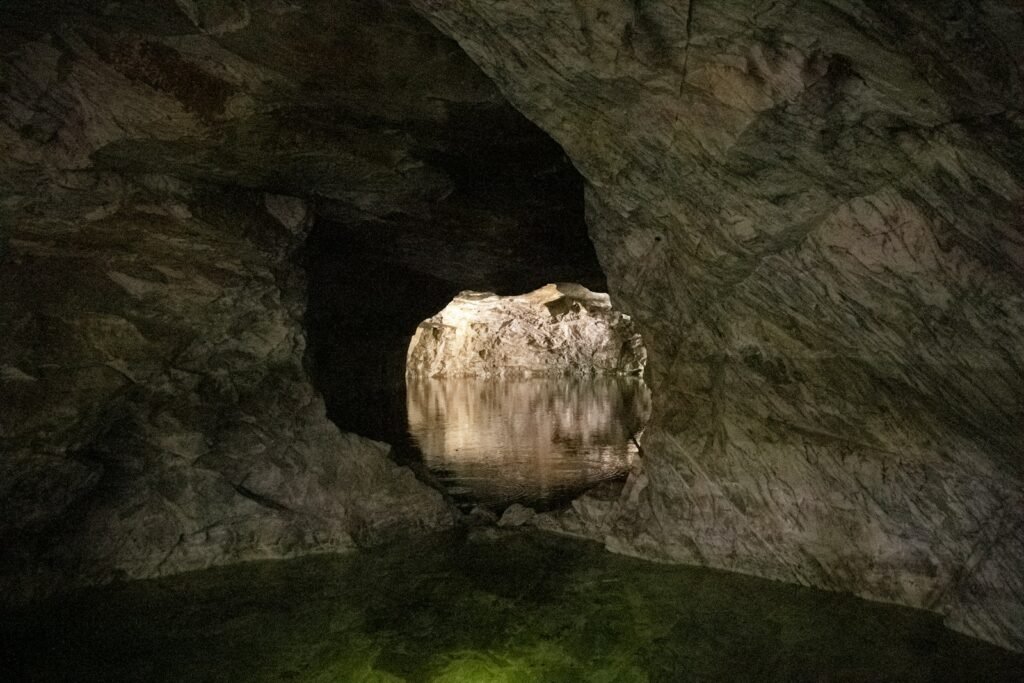Space continues to humble us with its endless mysteries and mind-bending realities. You might think you know a lot about the cosmos, but still holds countless secrets that challenge everything we thought we understood about existence itself. From invisible forces that shape reality to phenomena that defy common sense, these revelations will change how you see your place in the cosmic order.
Get ready to discover facts that will leave you questioning the nature of reality itself. Let’s dive in.
Nearly Everything You See is Just a Tiny Fraction of What Exists
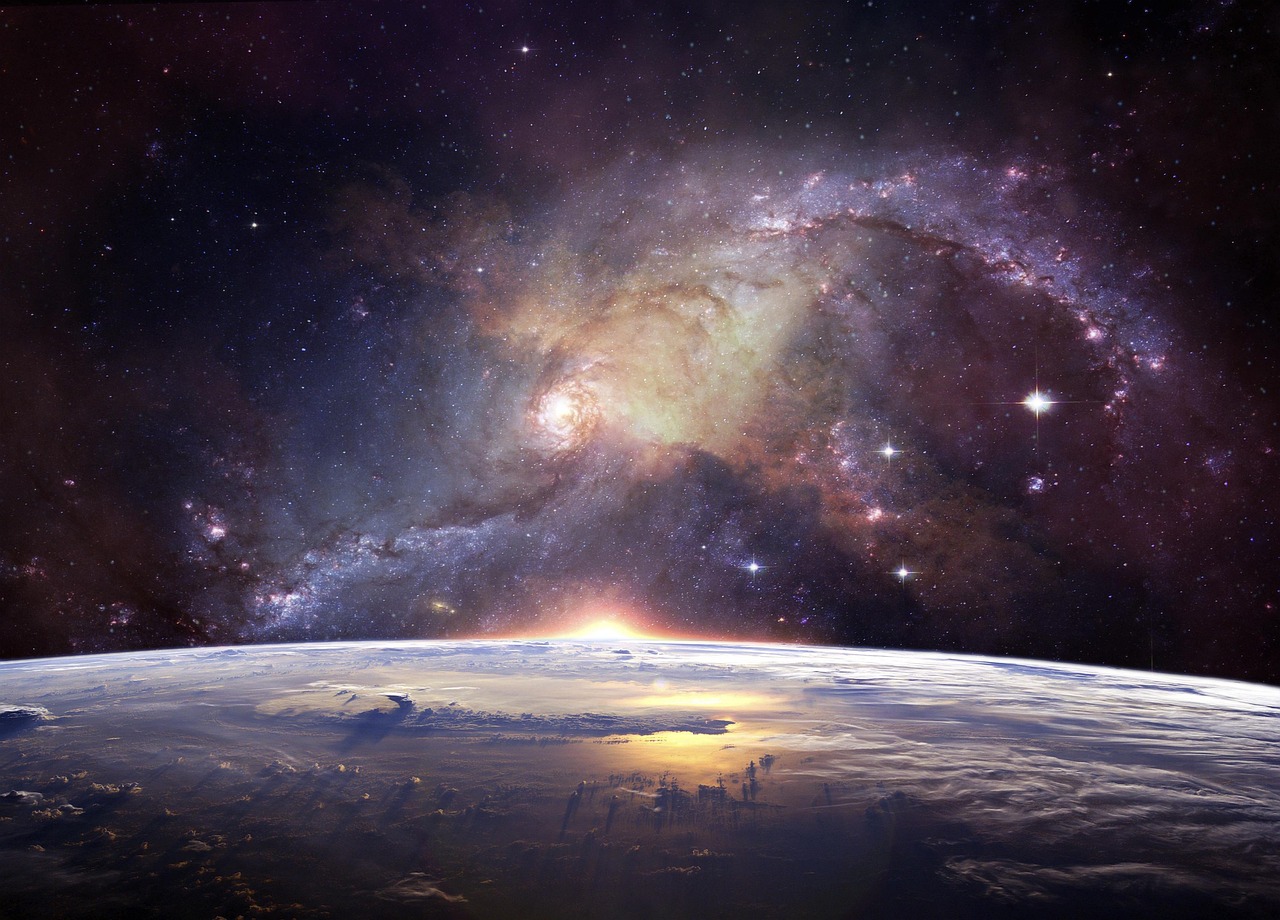
Here’s something that should blow your mind completely. The universe is made up of roughly 68% dark energy, 27% dark matter, and 5% normal matter. This means everything you can see, touch, or detect with any instrument makes up less than five percent of reality.
All of the ordinary matter, all the particles that make us and everything we can see only make up 4% of the universe’s matter. We only discovered the Universe’s major mass component, the thing that makes up 70% of it, in 1998. Think about this for a moment. You’re living in a reality where the overwhelming majority is completely invisible to you.
The great majority of all the matter in the universe is so-called dark matter, invisible stuff that astronomers haven’t yet identified. You don’t find dark matter, degenerate matter, or much plasma on Earth. Compared to the great bulk of the universe, Earth and earthlings are the aliens.
The Universe Expands Faster Than Light Without Breaking Physics

You’ve been told nothing can travel faster than light, right? Well, that’s only partly true. While objects cannot move faster than light, this limitation applies only with respect to local reference frames and does not limit the recession rates of cosmologically distant objects. The universe itself has no such restrictions.
At the current growth rate of the Universe, their distance will increase by 0.007% (corresponding to 1.4 million lightyears) in one million years, which is clearly faster than light. So, yes, for really large distances you could say that the Universe is expanding faster than light. The key difference is that space itself is expanding, not objects moving through space.
That means that you will never, ever watch a rocket ship blast by your face faster than the speed of light. Local motion, local laws. But a galaxy on the far side of the universe? That’s the domain of general relativity, and general relativity says: who cares! That galaxy can have any speed it wants, as long as it stays way far away.
You’re Being Bombarded by Trillions of Invisible Particles Every Second

The most common object in the universe (possessing mass) is the neutrino. These tiny particles are more numerous than anything else by far. A trillion neutrinos fly through each of your fingernails every second. Right now, as you read this, countless neutrinos are streaming through your body without you feeling a thing.
These ghostly particles barely interact with regular matter, which is why you don’t notice them. They’re so abundant that they outnumber all other particles combined, yet they’re nearly impossible to detect. Scientists need massive underground laboratories filled with specialized equipment just to catch a few of them occasionally.
The Observable Universe is Much Larger Than Its Age Suggests

The observable universe is about 93 billion light years in diameter. Wait, you might be thinking, if the universe is only about 14 billion years old, how can we see objects that are 46 billion light-years away in any direction?
The limit of the visible Universe is 46.1 billion light-years, as that’s the limit of how far away an object that emitted light that would just be reaching us today would be after expanding away from us for 13.8 billion years. The answer lies in cosmic expansion. Objects that emitted light early in the universe’s history have been carried away by expanding space while their light traveled toward us.
There Are More Stars Than Grains of Sand on Every Beach on Earth

There are more stars in the universe than grains of sand on all the beaches on Earth. That’s at least a billion trillion! This comparison helps put the sheer scale of the universe into perspective, though honestly, both numbers are so large they’re almost impossible to truly grasp.
There are approximately 100,000,000,000,000,000,000,000 stars in the Universe. Yet despite this astronomical number, when you look up at a clear night sky far from city lights, there seem to be millions of stars visible to the naked eye. However, the actual number is about 2,600. You could count every star in 20 minutes at a leisurely rate of about two per second.
The Largest Water Reservoir in Space Contains More Water Than Earth’s Oceans
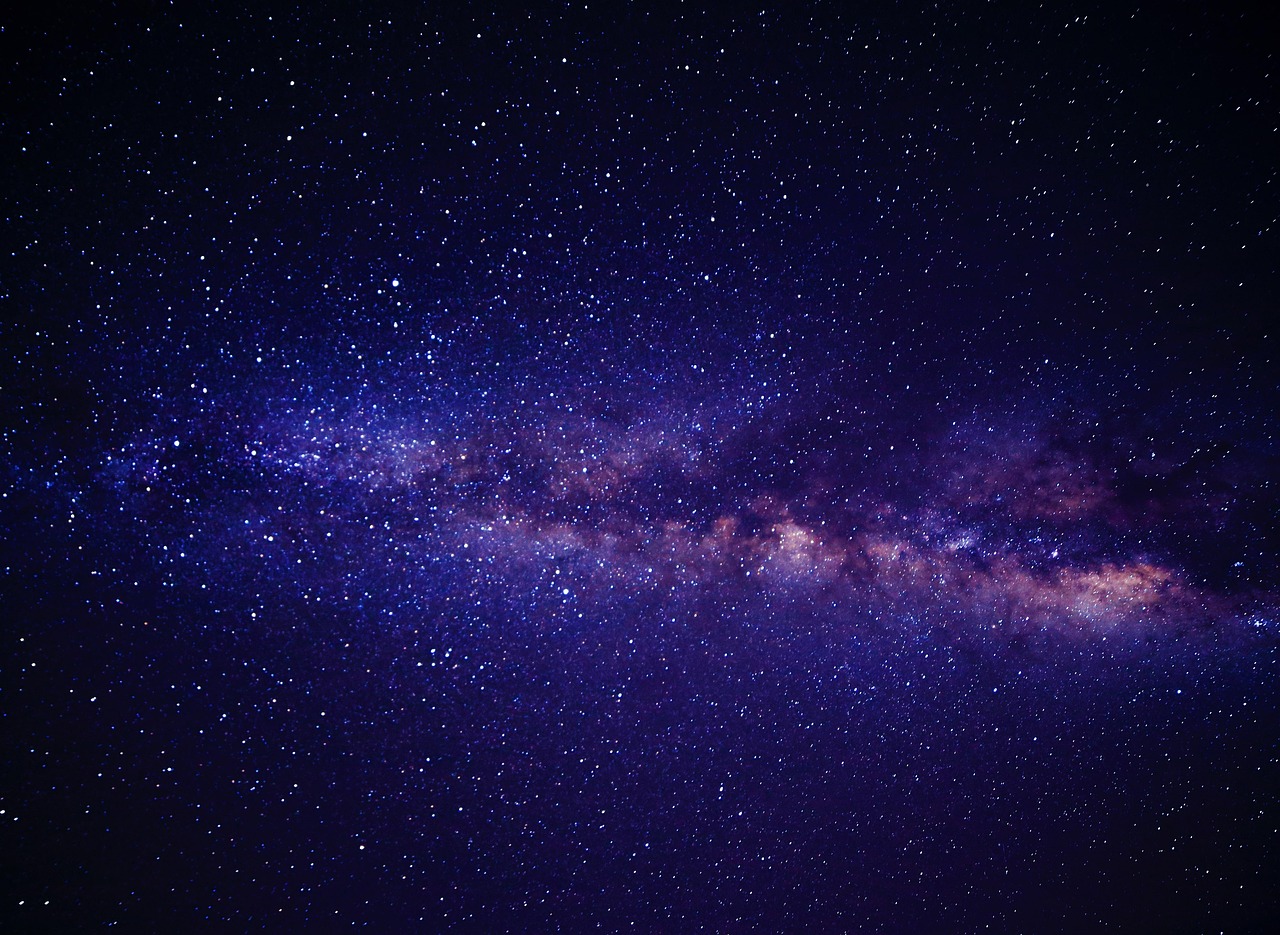
The largest amount of water was found in space. There is a vapor cloud that holds more than 140 trillion Earth’s oceans. This massive reservoir surrounds a black hole billions of light-years away, containing more water than you could imagine.
This discovery challenges our assumptions about where water can exist in the universe. While we often think of water as precious and rare, the cosmos actually contains vast quantities of it, just not necessarily in liquid form or in places where life as we know it could thrive.
Black Holes Can Devour and Destroy Entire Stars

A black hole can destroy a star if it passes too close to it. When this happens, the event is called a tidal disruption, and it’s one of the most violent phenomena in the universe. The star gets stretched and torn apart by the black hole’s immense gravitational forces before being consumed.
Briefly, the power pumped out was 50 times greater than that of all the stars in the Universe combined. Each of the black holes was in the 30 solar mass range. Since a black hole is what’s left after most of a star has blown into space as a supernova, the precursor stars must have weighed at least 300 solar masses. But the two black holes could have been remnants of the very first generation of stars – thought to be huge – or even primordial black holes, born in the inferno of the Big Bang itself.
Venus Spins So Slowly You Could Walk Faster Than It Rotates
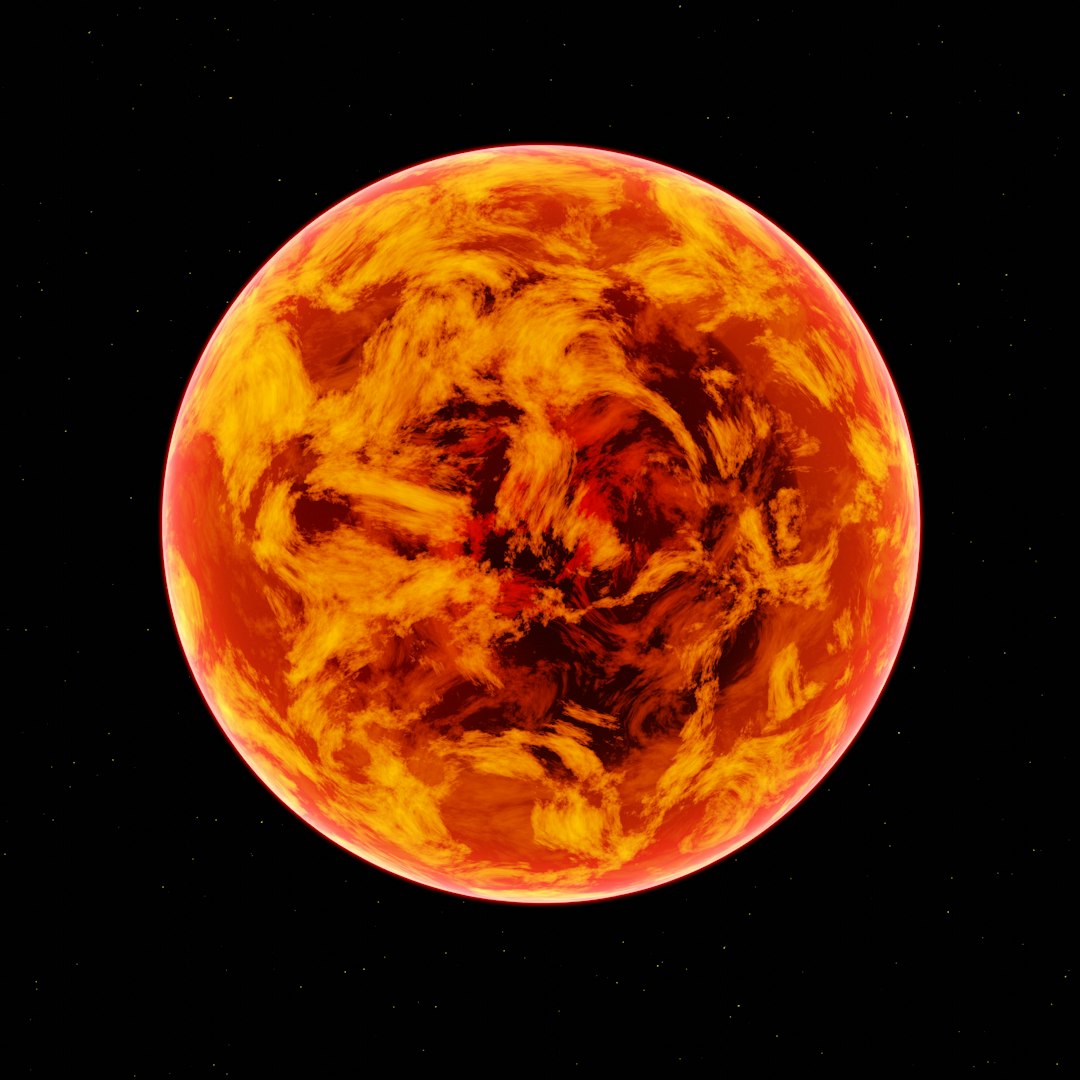
The slowest-spinning object in the known universe is the nearest planet, Venus. A person could walk faster than it rotates. Venus takes 243 Earth days to complete one rotation, while it only takes 225 Earth days to orbit the Sun. This means a day on Venus is actually longer than its year.
Even stranger, Venus rotates backwards compared to most other planets in our solar system. If you could somehow stand on Venus’s surface, you would see the Sun rise in the west and set in the east, assuming you could survive the crushing atmosphere and scorching temperatures.
Scientists Believe Earth Will Be Destroyed Within the Next Billion Years
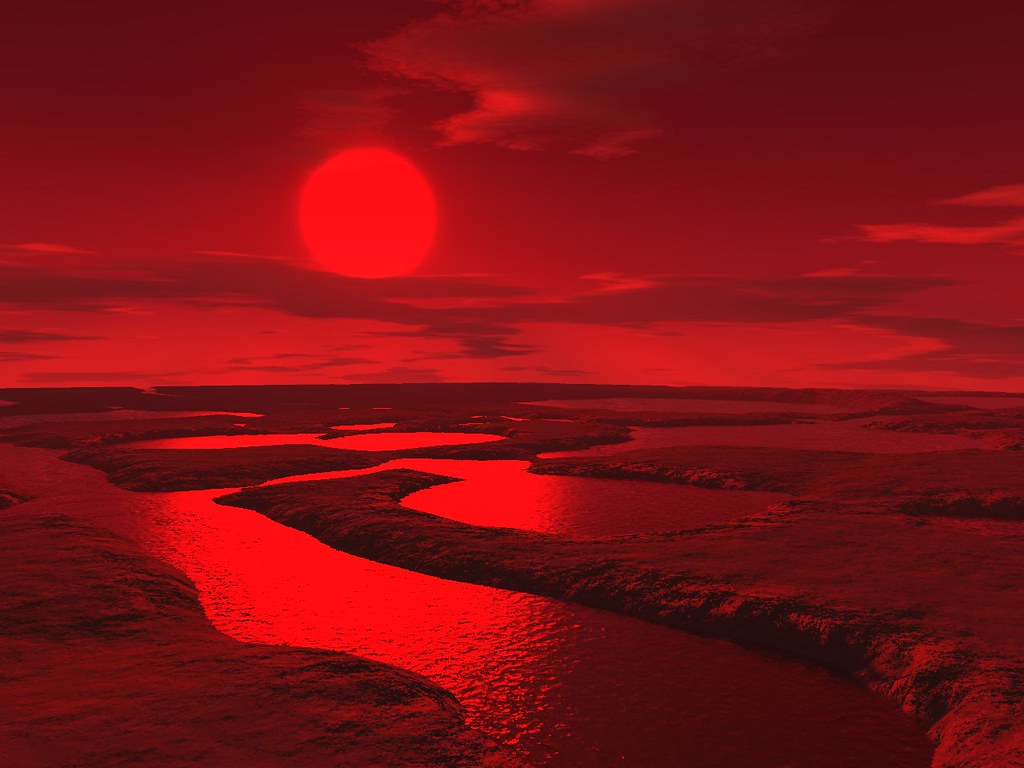
Scientists believe the Earth will be destroyed by celestial phenomena in the next billion years. This isn’t some asteroid impact or nuclear war scenario, but rather the natural evolution of our solar system as the Sun ages and changes.
As the Sun burns through its fuel, it will gradually become brighter and hotter. Eventually, it will expand into a red giant, making Earth uninhabitable long before it actually engulfs our planet. The oceans will boil away, and any remaining life will be extinguished by the increasingly intense solar radiation.
Time and Space Themselves May Have Limits to How Fast They Can Change
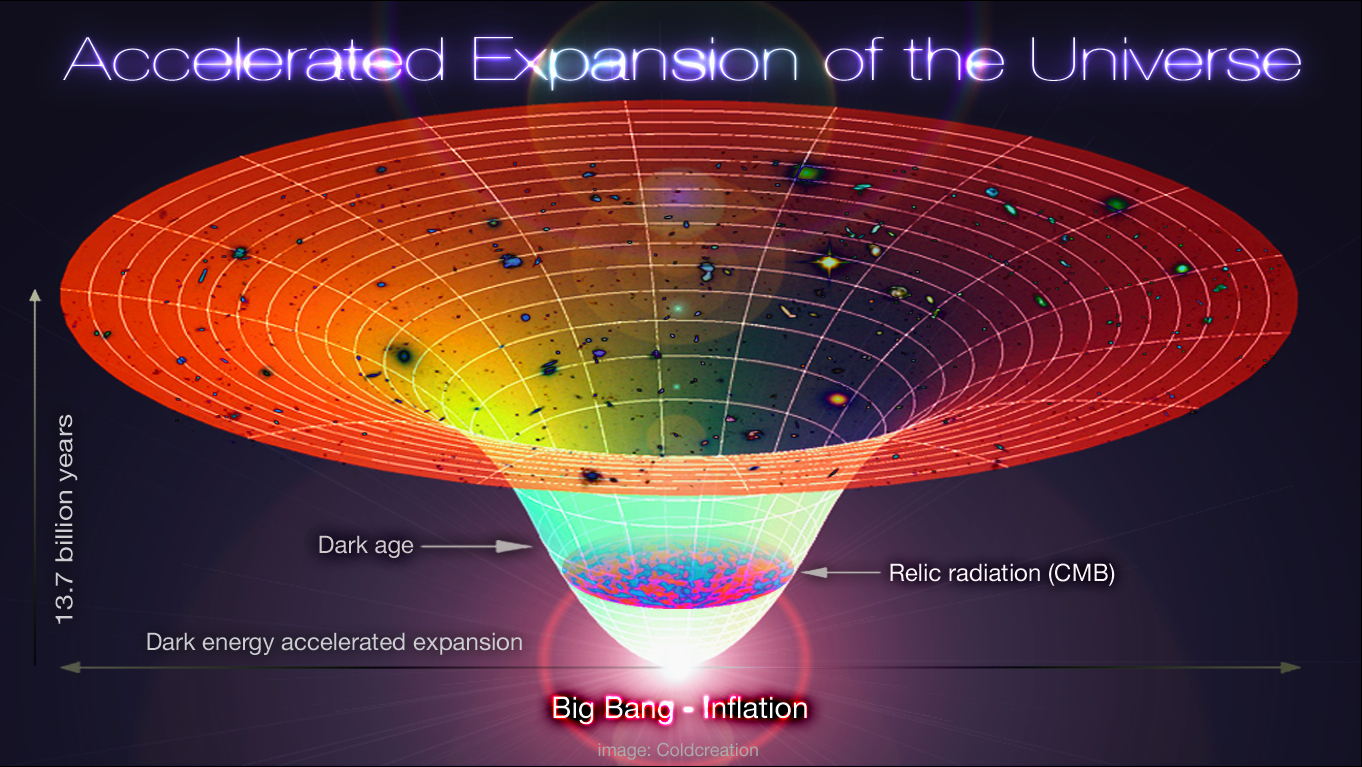
It’s much more useful to quantify the expansion velocity of the Universe as a relative growth rate. It turns out that space is expanding pretty slowly: at present, cosmic distances increase by just 0.007% in one million years. This might seem incredibly slow, but over cosmic distances and timeframes, this small percentage adds up to mind-boggling changes.
“The release of these results was a great day for cosmology, pointing to a ‘decreasing’ effect of the dark energy over time, meaning it is evolving and, therefore, not constant after all. The discovery of evolving dark energy would be as revolutionary as the discovery of the accelerated expansion of the universe itself if confirmed with future data.” Recent discoveries in 2024 suggest that even dark energy, the mysterious force driving expansion, might be changing over time.
The universe continues to surprise us with its complexity and wonder. These ten facts represent just the tip of the iceberg when it comes to cosmic mysteries. From invisible matter and energy that dominate reality to the mind-bending physics of space and time, operates on principles that challenge human intuition at every turn.
What strikes me most about these discoveries is how they humble our perspective. We live on a tiny rock orbiting an ordinary star in an average galaxy, surrounded by forces and phenomena we’re only beginning to understand. Yet somehow, through science and curiosity, we’ve managed to uncover these incredible truths about our cosmic home.
What do you think about these mind-bending facts? Tell us in the comments which one surprised you the most.

Hi, I’m Andrew, and I come from India. Experienced content specialist with a passion for writing. My forte includes health and wellness, Travel, Animals, and Nature. A nature nomad, I am obsessed with mountains and love high-altitude trekking. I have been on several Himalayan treks in India including the Everest Base Camp in Nepal, a profound experience.




